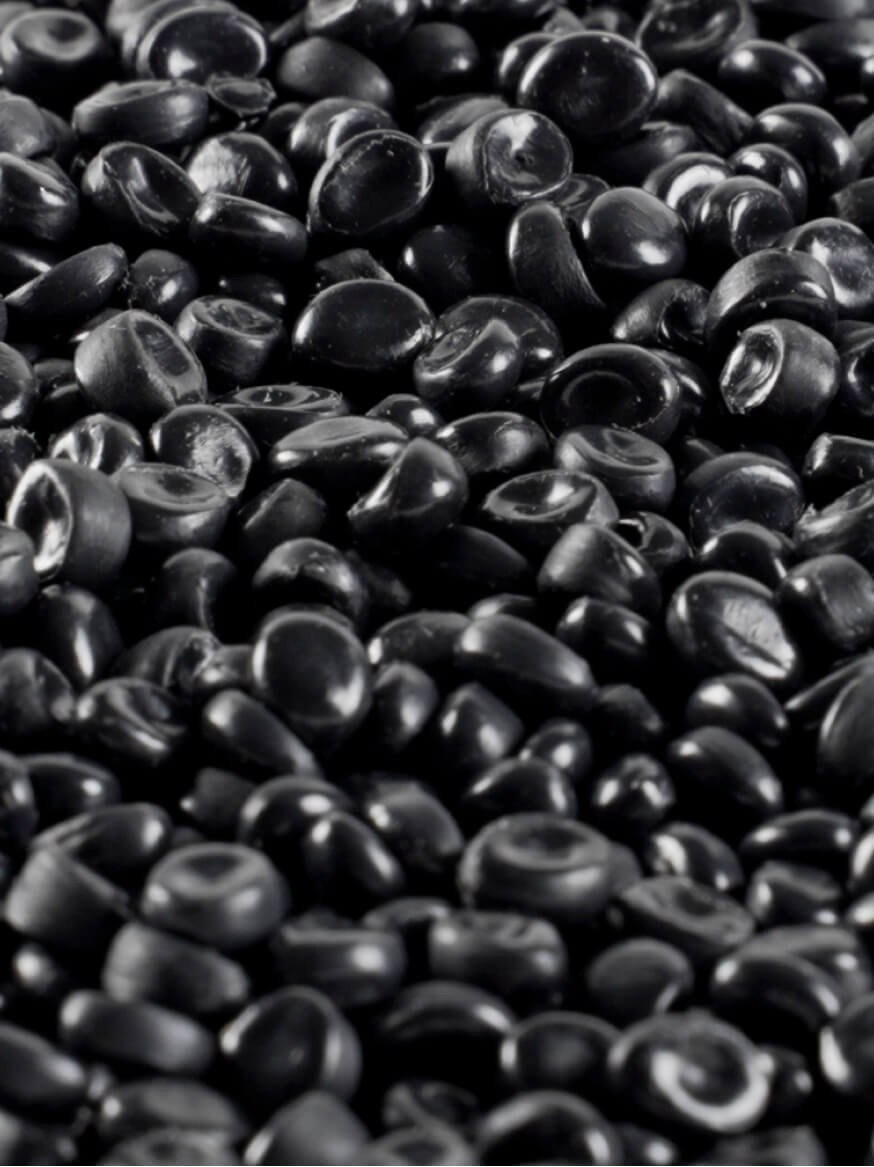LOW-CARBON ENERGY VECTORS
Enabling the transition to sustainable carbon-based energy
Clean hydrogen, ammonia, methanol, and SAF to decarbonize transportation, chemicals and hard-to-abate.

Technologies
NX Reform™
Our Steam Methane Reformer (SMR) solution to produce cost-effective, low-carbon hydrogen with very high purity.
NX CPO™
Our Catalytic Partial Oxidation solution decarbonizes hard-to-abate sectors, providing a very low carbon footprint solution for producing syngas in small/medium-sized plants.
NX eBlue™
Our solution to produce low-carbon hydrogen. NX eBlue technology exploits electrically powered steam reforming of natural gas for hydrogen production, requiring only 55% of the natural gas needed in conventional SMR. The CO2 to be captured is 45% lower than conventional SMR.
NX SulphuRec™
Our solution for the purification of crude oil and gas. This is a technology for cleaning of exhausted gases of refineries and gases of methane resorvoir for a safer distribution.
NX Circular™
Our solution for waste-to-X, transforming waste into worth. This technology is applied for “Waste-to-X” solutions converting the syngas produced into circular chemicals and fuels bridging two sectors such as waste management and chemicals and fuels manufacturing.
NX Decarb™
Our solution to optimize core carbon capture unit. NX Decarb can be leveraged to integrate and optimize the core Carbon Capture Unit.
Key sectors where PEQ can be applied are Hard-to-Abate industries such as cement, chemical, and steel.
NX AdWin Hydrogen®
Solutions for large-scale production of hydrogen from natural gas, with low CO2 footprint using carbon capture.
NX SAF™ BIO
Our solution for sustainable aviation fuels. This technology is offered in 4 sizes at relatively small scale: 30, 60, 90 and 120kton/y. This solution represents the best available technology for small production of SAF, unlocking the opportunity of a sustainable aviation industry.
NX AdWin Methanol®
Solutions for large scale production of methanol with low CO2 footprint, from natural gas, bio feedstock and waste.
NX CONSER™ C3 Derivatives
Pioneering adaptable plant design for tailored MEA, DEA, and TEA production. The possibility to maximize one of the three products, without major plant modifications, is available thanks to the latest design improvement developed by CONSER.
NX CONSER™ Duetto
Building a sustainable future through biodegradable plastics. CONSER via its CONSER Duetto technology can provide solutions for production of the monomers needed for the production of PBS.
PBS is a biodegradable plastic that can be employed in the manufacturing of packing and films for consumer and industrial applications.
NX CONSER™ C4 Derivatives
Reducing waste, elevating quality. We are capable to flexibly valorize C4 (Butane) stream into high added value molecules via upgrading to Maleic Anhydride. Strating from C4 stream, we can produce a plethora of molecules that have a wide variety of application: from biodegradable plastic production to the manufacturing of Li-ion batteries
NX CONSER™ Halo-Butyl Rubber
Step up in quality, do not compromise on sustainability. CONSER rubbers are synthesized through the copolymerization of Isobutylene and a minor proportion of Isoprene, conducted in the presence of methyl chloride at low temperatures, around -100°C. Recycling process of both feedstock and solvent was refined to maximize solvent recovery, while also minimizing utility usage and raw material consumption.
NX CONSER™ Aromatics
Driving innovation in TMA technology. TMA is pivotal in producing esters for PVC and coatings, while Isophthalic acid is a key component in PET for drink bottles and high-quality resins.
Our world is being impacted by powerful trends that are reshaping it and go into the core of our daily lives.
Global GDP reduction due to a temperature rise of 2 degrees by the year 2050
CO2 emission cuts needed each year on average to reach net zero by 2050
Global carbon capture level rise needed by 2040 to meet Paris Agreement targets
Hydrogen production increase needed by 2050

